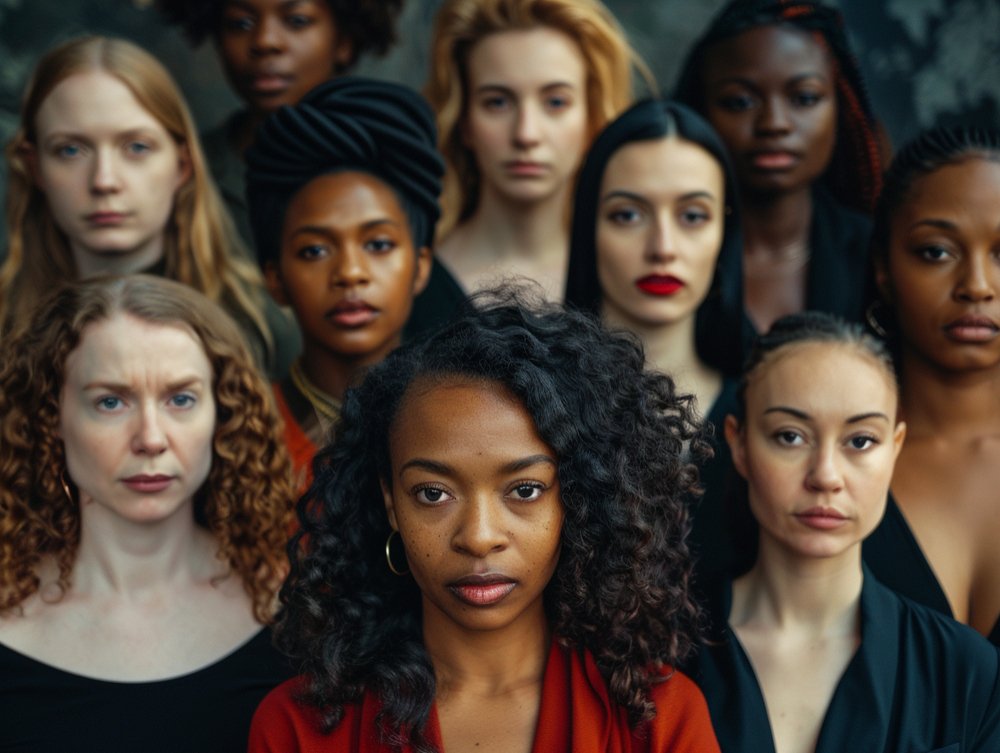Female Genital Mutilation: The Silent Crisis
Pooja Bhavsar
August 2024
More than 230 million women alive today have undergone Female Genital Mutilation (FGM) [4]. Deep-rooted in gender inequalities and misogynistic ideologies, the practice is a significant violation of women’s right to health, privacy, and physical integrity. It involves any and all procedures that involve partial or total removal of the external female genitalia, or other injury to the female genital organs for non-medical reasons [4]. It has no health benefit for the women involved, but rather a cause for severe bleeding and problems urinating. These complications can later develop into cysts, infections, as well as complications in childbirth and increased risk of newborn deaths [4]. These procedures are practiced in 92 countries, 51 of which have laws specifically prohibiting FGM [2].

FMG is split into four different classifications. Type 1 is the partial or total removal of the clitoral glans [4]. Type 2 is the partial or total removal of the clitoral glans as well as the labia minora [4]. Type 3 can also be known as infibulation. It is the narrowing of the vaginal opening through the creation of a covering seal. This seal is created by cutting and repositioning the labia minora, or labia majora, sometimes through stitching [4]. This can be done with or without removal of the clitoral hood and glans. The last classification is Type 4, which includes all other harmful procedures to the female genitalia for non-medical purposes like pricking, piercing and incising the genital area [4]. A procedure falling into any of these classifications can lead to debilitating health complications.
There are a variety of medical issues that can arise from FGM, ranging from immediate to long-term problems. The more invasive the FGM procedure, the more severe the repercussions. Some instantaneous ramifications include hemorrhaging, wound healing problems, shock, fever and in some cases, even death [4]. Longer-lasting consequences include increased risk of childbirth difficulties, psychological issues, keloid, urinary problems, menstruation problems etc [4]. These procedures are typically completed by healthcare providers, who know the dangerous aftermath of these procedures. So why do many of them continue to practice these procedures?
FGM takes place among indigenous and/or diaspora communities in numerous countries globally, typically performed on girls ages 0 to 15 [1]. Often in these communities, there is a cultural belief that FGM will ensure a girl’s proper upbringing, preserve family honor, and/or make a girl suitable for marriage [1]. This ultimately is centered around controlling the girl’s sexuality, and protecting her virginity to promote purity and marital fidelity. Individuals who belong to these communities are frequently faced with pressures from other community members, which can lead to coercion, perpetuating the practice further.
FGM has received opposition globally, with many organizations trying to bring an end to the invasive procedure. UNICEF and UNFPA (United Nations Population Fund) have been working together since 2008, leading the world’s largest program to end FGM. The UNFPA-UNICEF Joint Programme on the Elimination of Female Genital Mutilation, works with community members to raise awareness of FGM’s harms as well as works with governments for the development of policy against FGM [3]. For girls at risk and/or affected by FGM, UNICEF provides them with medical and psychological care. Since the establishment of the program, 13 countries have passed national legislation banning FGM [3]. More than 6 million girls and women have received prevention, protection, and treatment services related to FGM and 45 million people have made public declarations to abandon the practice [3].
FGM is a grevious threat to many girls and young women and its eradication is vital. By speaking up, enacting strong legal measures and raising awareness in communities, a future without this risk can become a reality. Bringing an end to FGM is not just the ending of a destructive practice; it is the restoration of human rights.
References
[1] FBI. (2024, January 16). Female genital mutilation (FGM). FBI. https://www.fbi.gov/investigate/civil-rights/international-human-rights-unit/female-genital-mutilation
[2] FGM: A global picture. Equality Now. (2023, April 4). https://equalitynow.org/fgm-a-global-picture/#:~:text=Of%20the%2092%20countries%20where,such%20as%20the%20criminal%20or
[3] UNFPA-UNICEF Joint Programme on the Elimination of Female Genital Mutilation. UNICEF. (2024, March 8). https://www.unicef.org/protection/unfpa-unicef-joint-programme-eliminating-fgm
[4] What is female genital mutilation?. UNICEF. (n.d.). https://www.unicef.org/protection/female-genital-mutilation





